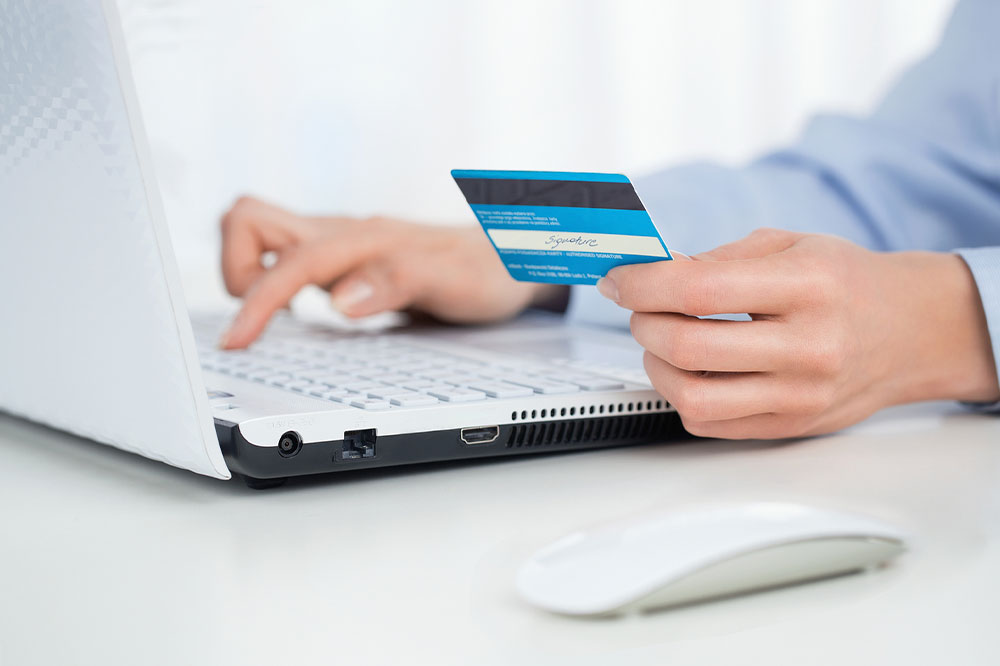4 mistakes to avoid while browsing the web

The Internet has become a crucial part of our day-to-day life. If you consider the amount of time you spend glued to a screen, you will realize just how web-dependent life is today. And this is excluding the time spent working. With increased reliance on devices and cloud storage, we must sit up and take note of common internet mistakes, especially since they can be making you vulnerable to online threats.
Relying on public WiFi
You would be hard-pressed to find more than a handful of people that do not love the idea of free WiFi. The caveat in being connected to a public WiFi is that you might expose yourself to unsafe surfing practices. Especially if you are trying to make the most of the WiFi connection available at airports and cafes and using it to access sensitive or personal data, you could end up with a malicious threat planted in your devices without you even realizing it.
Reusing password
It is easy to find people who prefer using the same password across various platforms, irrespective of its strength. This can mainly be attributed to the person’s desire to avoid confusion and the task of remembering different passwords for different platforms. It makes life easier for hackers and makes you more vulnerable to security theft.
Snoozing software updates
To avoid any vulnerabilities and threats to your data, it is important to keep all devices and software up to date. One of the most common mistakes people with smart devices and internet connections make is putting off software updates frequently. Security software no longer acts as the first line of defense against threats. It is, therefore, essential to keep all your programs up to date to avoid any threats. Keeping the complete system safe is now all the more important than simply security programs.
Ignoring 2-factor authentication
Companies have been increasingly insistent on using multiple-factor authentication by their employees. Two-factor or multiple-factor authentication was introduced to add another layer of security to the system. Activating the 2FA requires users to go through SMS verification or face scan to log in to their system. These factors make hacking difficult and keep the users’ data safely locked in their accounts. Users can also activate this option on their personal accounts to ensure they are secure from any threats and vulnerabilities.